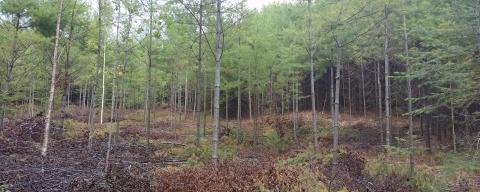Growing Large, Vigorous and Valuable Trees for Timber, Wildlife, Sap Production and More
What is Crop Tree Management?
A crop tree is a “healthy, vigorous, well-formed tree of desired species on the right site that meets landowner goals and objectives.” (Jim Frohn, 2020).
A crop tree can be any tree in the woods that we want to keep for a purpose, to be grown over decades. It might be for high-quality wood products, mast (a term for nuts or berries) production for wildlife, sap production, or other purposes.
Crop tree management focuses on these desirable trees and gives them the space they need to grow.
Crop tree management involves choosing trees that we want to grow for the long term and removing competing trees from around them. Cutting the competing trees, whose crowns are touching those of the crop tree, is called release. This gives the crop tree more space to grow and expand its crown. A larger crown means more foliage. More foliage means more photosynthesis; more photosynthesis means that the tree is producing more carbohydrates for itself, and this results in greater vigor and faster growth. A fast-growing, vigorous tree is more resistant to insect and disease problems and sequesters carbon at a higher rate.
Faster growth results in trees reaching a large size sooner, and the small gaps created in the canopy allow additional sunlight to reach the ground, encouraging understory plant growth. Larger trees combined with understory vegetation creates a more layered vegetative structure, leading to better habitat diversity.
Fast Facts
A crop tree is a “healthy, vigorous, well-formed tree of desired species on the right site that meets landowner goals and objectives.” (Jim Frohn, 2020)
Crop tree management involves choosing trees that we want to grow for the long term and removing competing trees from around them. Cutting the competing trees, whose crowns are touching those of the crop tree, is called release.
A fast-growing, vigorous tree is more resistant to insect and disease problems and sequesters carbon at a higher rate.
Benefits of crop tree management
- Healthier, more vigorous trees that are less prone to insect and disease issues.
- Larger diameter trees sooner – shorter time to grow a saleable log.
- Higher quality, higher value trees; increasing value in the woods provides greater economic returns for forest landowners.
- High value logs contribute more dollars to the local economy of forest-dependent communities.
- • Greater mast production – for example, more acorns or beechnuts are produced on trees with large crowns.
- Higher sap yields for syrup production.
- Accelerated carbon sequestration and storage – vigorous growth leads to greater sequestration. When trees are grown for solid wood products such as lumber for construction or furniture, carbon storage continues for decades after the tree is harvested.
- A landowner can produce firewood while improving tree vigor and timber value.
- Faster growth results in trees reaching a large size sooner, and the small gaps created in the canopy allow additional sunlight to reach the ground, encouraging understory plant growth. Larger trees combined with understory vegetation creates a more layered vegetative structure, leading to better habitat diversity.
- Great way to spend time in woods. One gets the satisfaction of helping trees grow better, there are visual, tangible results to the work, and a landowner can develop a close relationship with their trees.

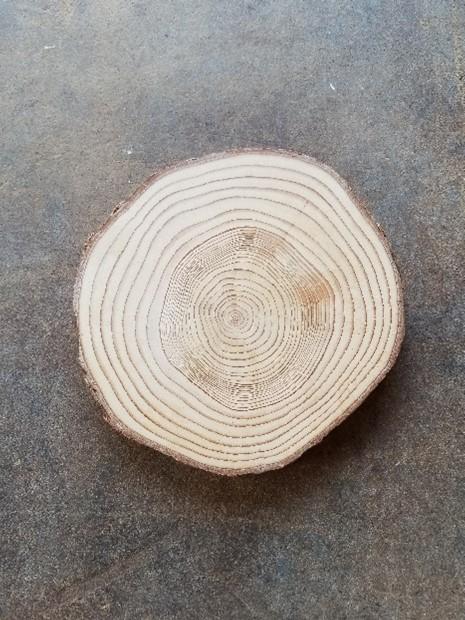
How to choose a crop tree
Choice of crop trees starts with the landowner objectives. Is the forest being managed for timber? Wildlife? Sap production? A combination?
A crop tree needs to be of a desirable species and good form for its purpose. For example, a red oak grown for timber needs to have a straight trunk that will eventually become sawlogs, while a red oak crop tree managed for mast production only needs to have a full, healthy crown. Sugar maple grown for sap production can have a crooked trunk but needs a full, vigorous crown. A full, vigorous crown is the common denominator among all crop trees; this is what makes the tree healthy and vigorous, allowing it to reach a good size quickly and to resist insects and disease. A crop tree should also lack undesirable characteristics that compromise its structural integrity, health, or ability to live for decades. The crop tree should be a long-lived species and be suited to the site on which it is growing.
Species
Should be long-lived and valuable according to the purpose.
| Species | Purpose | ||
|---|---|---|---|
| Timber | Wildlife | Sap Production | |
| red oak | x | x | |
| sugar maple | x | x | |
| yellow birch | x | x | x |
| white oak | x | ||
| red maple | x | x | x |
| white pine | |||
| red spruce | x | ||
Form
Good form depends on the crop tree’s purpose. Generally, a relatively straight, sound trunk with minimal knots fits the bill. Crop trees for sap production, however, don’t need a straight trunk. The crop tree should have a Live Crown Ratio of 30% or higher. Live Crown Ratio is the percentage of the total height of the tree above ground that has live foliage.
Undesirable characteristics
Avoid these when choosing crop trees, if possible:
- Visible rot
- Seams
- V-shaped forks (vs. U-shaped) – V-shaped forks are more susceptible to breakage
- Epicormic branches
- Low Live Crown Ratio – less than 30%
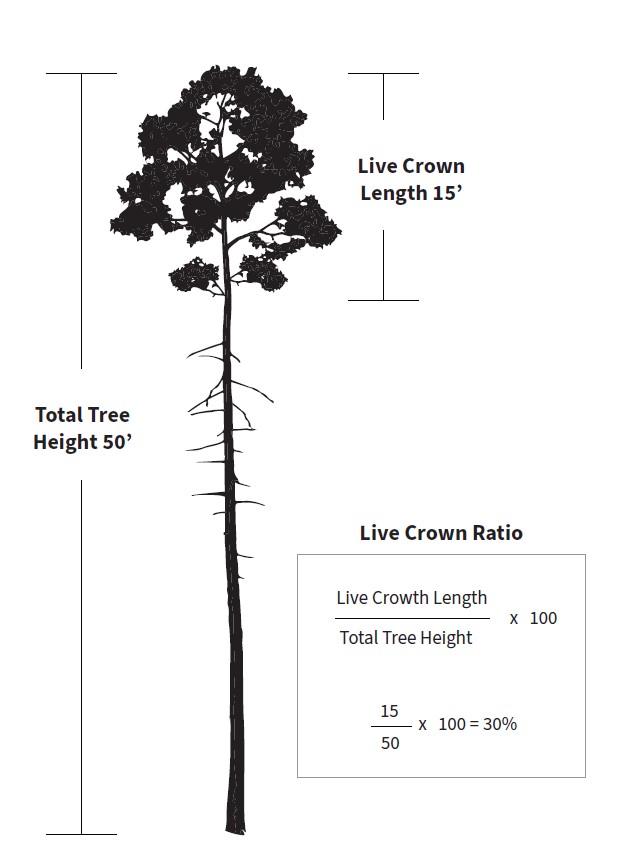
Planning and Implementation
First, identify crop trees and mark them with flagging or paint, at least at first so you get the feel of what the crop trees look like and, when appropriate, what a good spacing will be. The marking will also make the trees easily visible, making it easier to avoid them during cutting operations.
Approach the crop tree and look at the crown and identify trees that are competing with it. Neighboring trees whose crowns are completely below the live crown of the crop tree are not competitors. Once the competing trees are identified, fell them or girdle them. Aim for a crown-touching release on at least three sides, ideally four. In white pine, it’s important to release the crown on all four sides to optimize growth and reduce airborne fungal diseases.
Focusing on the crop trees, we can avoid expending energy in areas that won’t get a lot of benefit. By giving the crop trees the best chance to flourish, we can spend our energy where it matters. In areas without crop trees, we can skip them or cut everything to create an opening for regeneration.
Determining space between crop trees
According to Crop Tree Management in Eastern Hardwoods by Perkey, et al., a healthy crown on an immature hardwood expands at about one foot per year. This means that the growing space between two crop tree crowns decreases by approximately two feet per year. A 15-foot spacing between crown edges (not the trunk) will close in seven to eight years. Using this method, a crown-touching release means cutting any trees whose crown edge is 7.5 feet or less from the edge of the crop tree’s crown.
Trees that aren’t competing with the crop tree can be treated in one of two ways: left standing or felled to make space for new trees.
How to Release a Crop Tree
Crown-touching release
The diagram below shows a crown-touching release. The crown is divided into quadrants and the crop tree’s canopy in each quadrant is released from competition. In the diagram, the light green, un-numbered tree in the upper right quadrant is a competing tree. The dark green trees aren’t touching the crop tree’s canopy, so they don’t need to be cut.
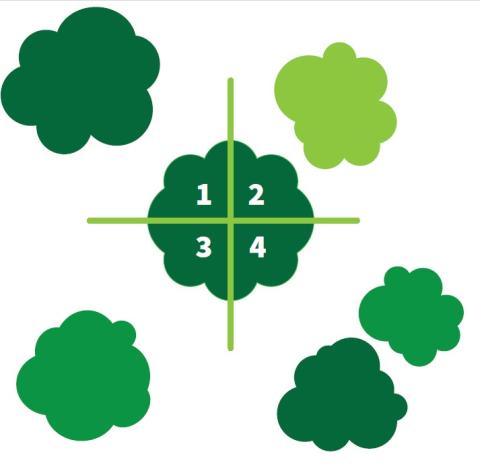
Crown-touching Release (Diagram based on Perkey, A.W. et al. CropTree Management in Eastern Hardwoods USDA Forest Service NATP-19-93)| Tree Graphic: ©feipco - adobe.stock.com)
Fell or Girdle
Felling
Crown-touching release can be accomplished by either felling or girdling the competing trees. Felling involves severing the tree at the stump and dropping it to the ground. Felled trees can be left in place to rot into the soil or can be extracted for products such as firewood.
Girdling
Girdling involves cutting off the sap flow between the crown and the roots. This is done by severing the cambium of the tree, located in the inner bark. Care must be taken to sever the cambium all the way around the circumference of the tree. Any cambium still connected will allow enough sap to flow to keep the tree alive. To ensure a complete girdling, two parallel cuts should be made. It is also important to not cut deeper than necessary, as this will weaken the tree and create a hazard.
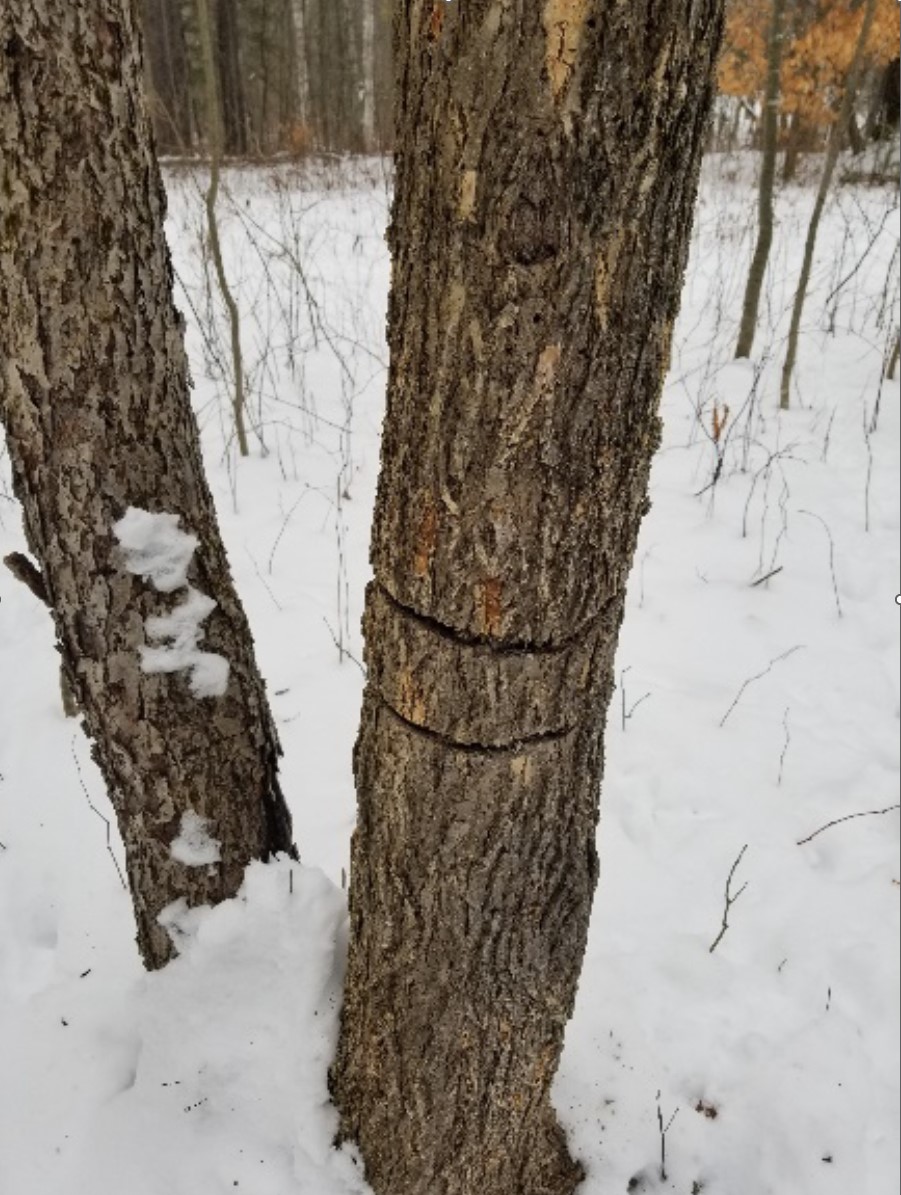
Pruning for Clear Lumber
Pruning adds value by creating clear lumber. Pruning, done when the tree is small in diameter (6 inches to 8 inches dbh), removes the branches that create knots in the wood as the tree grows. Clear, knot-free lumber is valued in the market much more than lumber with knots. This is true for white pine and especially hardwoods. Lumber used for appearance purposes, such as furniture, cabinetry, architectural millwork, trim, flooring, musical instruments and more, is valued for its knot-free appearance. Lack of knots makes the wood easier to work and takes stain, finishes, and paint better.
From the landowner’s perspective, logs with few or no knots, with the knotty core confined to 6 inches or less, earn much more money than logs with knots.
Reasons for pruning for timber value:
- Knots reduce the value of lumber and therefore the logs from which the lumber is produced
- Pruning removes branches that produce knots
- Knot-free logs are almost always more valuable than logs with knots, especially with hardwoods and white pine.
- Clear logs produce substantially more income for the landowner than logs with knots. Some types of knots (those from dead branches) can reduce logs to almost zero value • There are non-monetary benefits to the landowner from pruning, especially the landowner who wants to be involved in taking care of their land without investing in machinery or operating it.
- Pruning is a good way to get to know the woods and work directly with the trees, and it is great exercise without the noise of a chainsaw.
- The owner gains satisfaction from seeing the results of their work and knowing that they’ve improved the value of their trees for the future. A stand of pruned and vigorously growing trees represents a legacy of the owner’s investment of time and energy in the land.
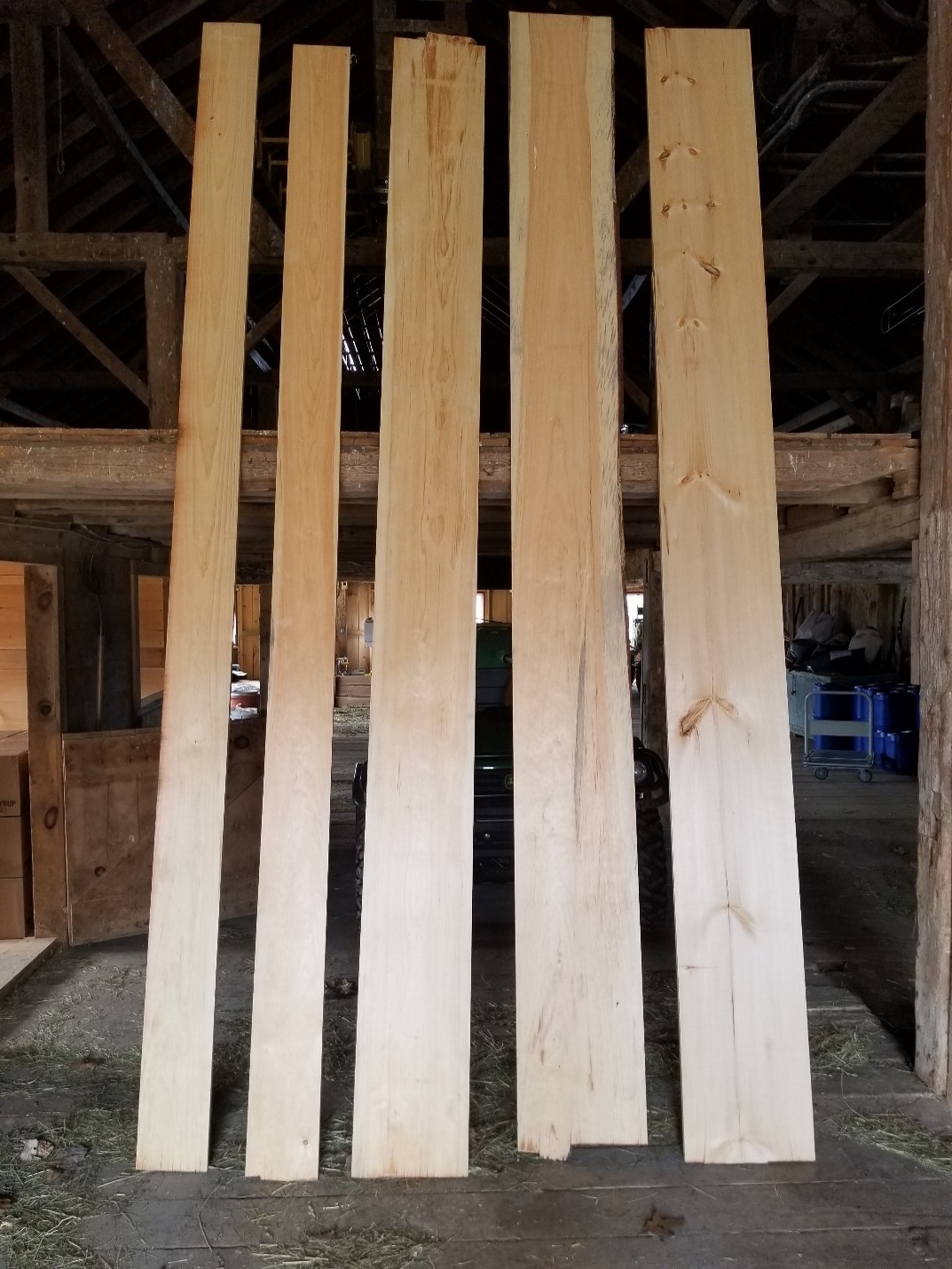
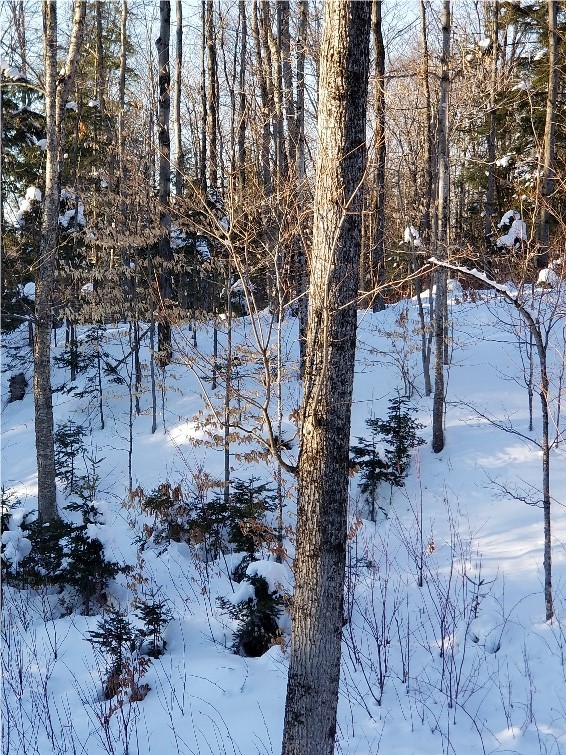
Tools for Managing Crop Trees
In general, use the lightest, most ergonomic equipment available. Using ergonomic techniques saves energy and allows you to work safely and efficiently for longer periods. Training in proper use of the equipment, such as Game of Logging, is essential to safe and efficient operation.
Forest stand improvement involves cutting and killing undesirable trees. The most common tools for this are a chainsaw and a brush saw. Trees are often felled in tending operations, but don’t necessarily need to be. Girdling is also an effective method of eliminating competing trees. Girdling can be done with a chainsaw or other manual tools such as a hatchet.
Pruning is used to improve log quality. There are a variety of manual tools used for pruning, depending on species and objectives.
Tools for crop tree management and pruning should be kept as simple and lightweight as possible.
Felling Tools
- Chainsaw – small and lightweight with a short bar (no more than 16”)
- Brush saw – larger brush saws can handle larger saplings
Girdling Tools
- Chainsaw
- Hatchet
- Knife – a sharp knife can be used to girdle trees, especially when the bark is “loose” in the spring
Pruning tools
- Hand pruners
- Pruning saw
- Pole pruner – saw or shear type
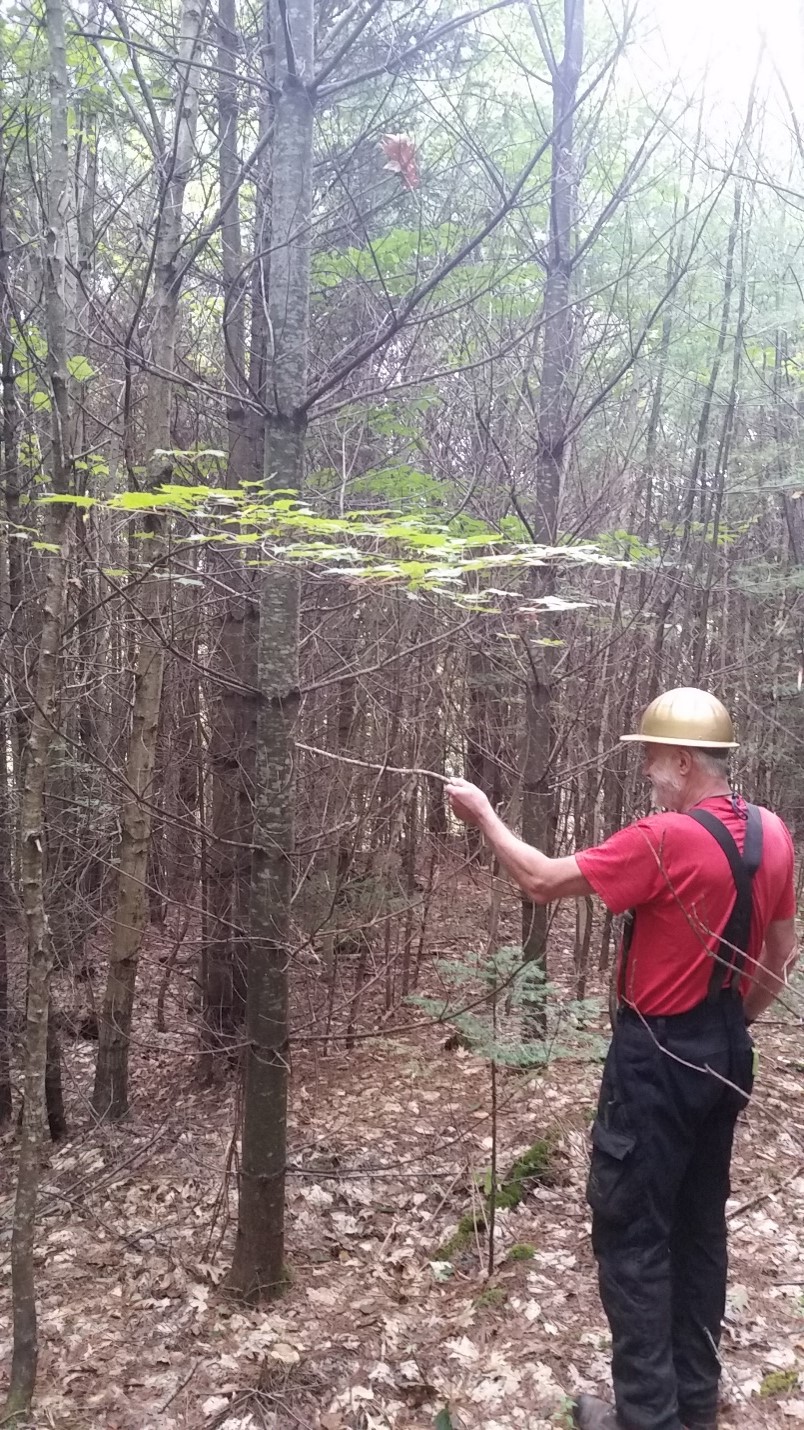
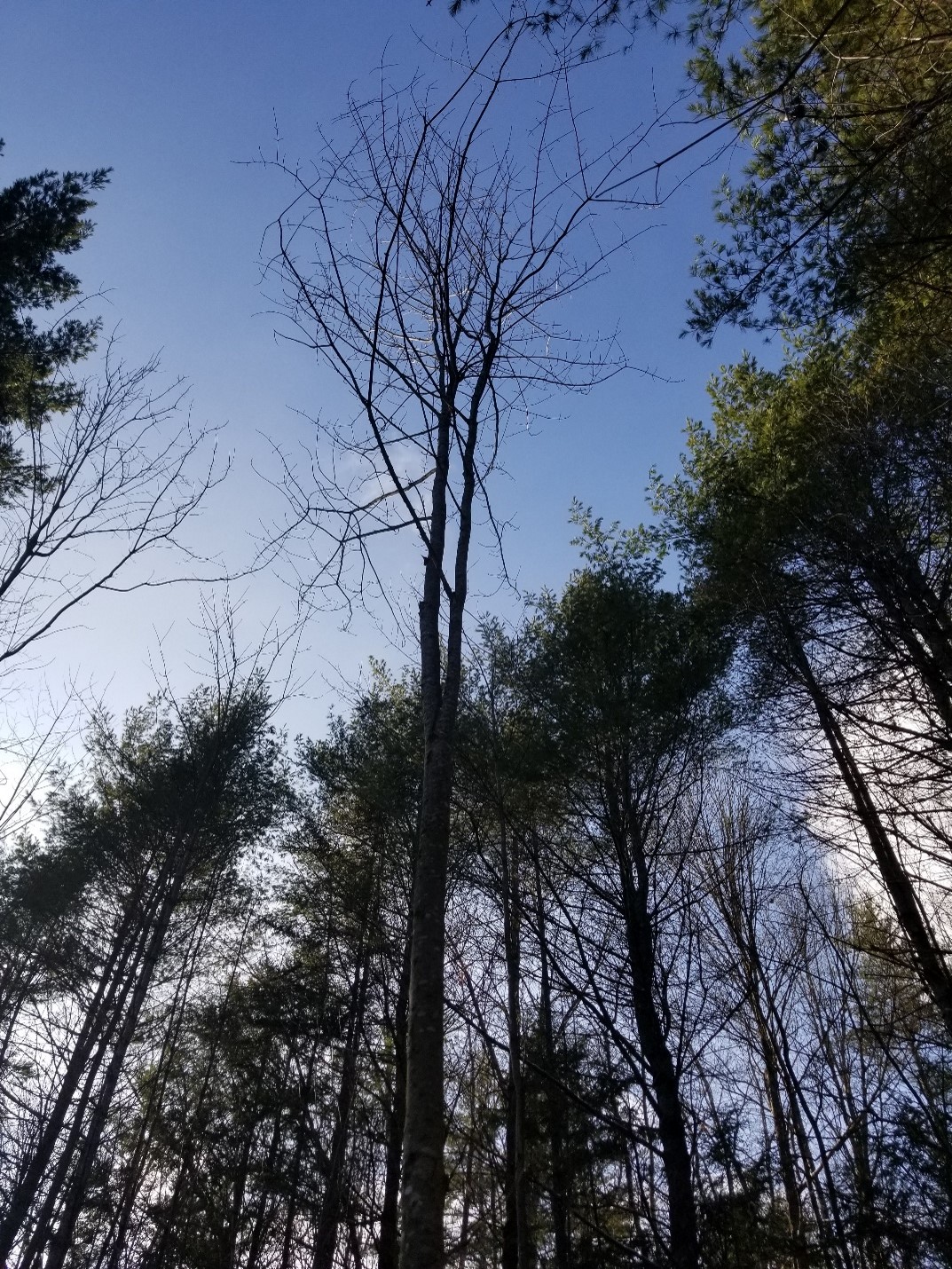
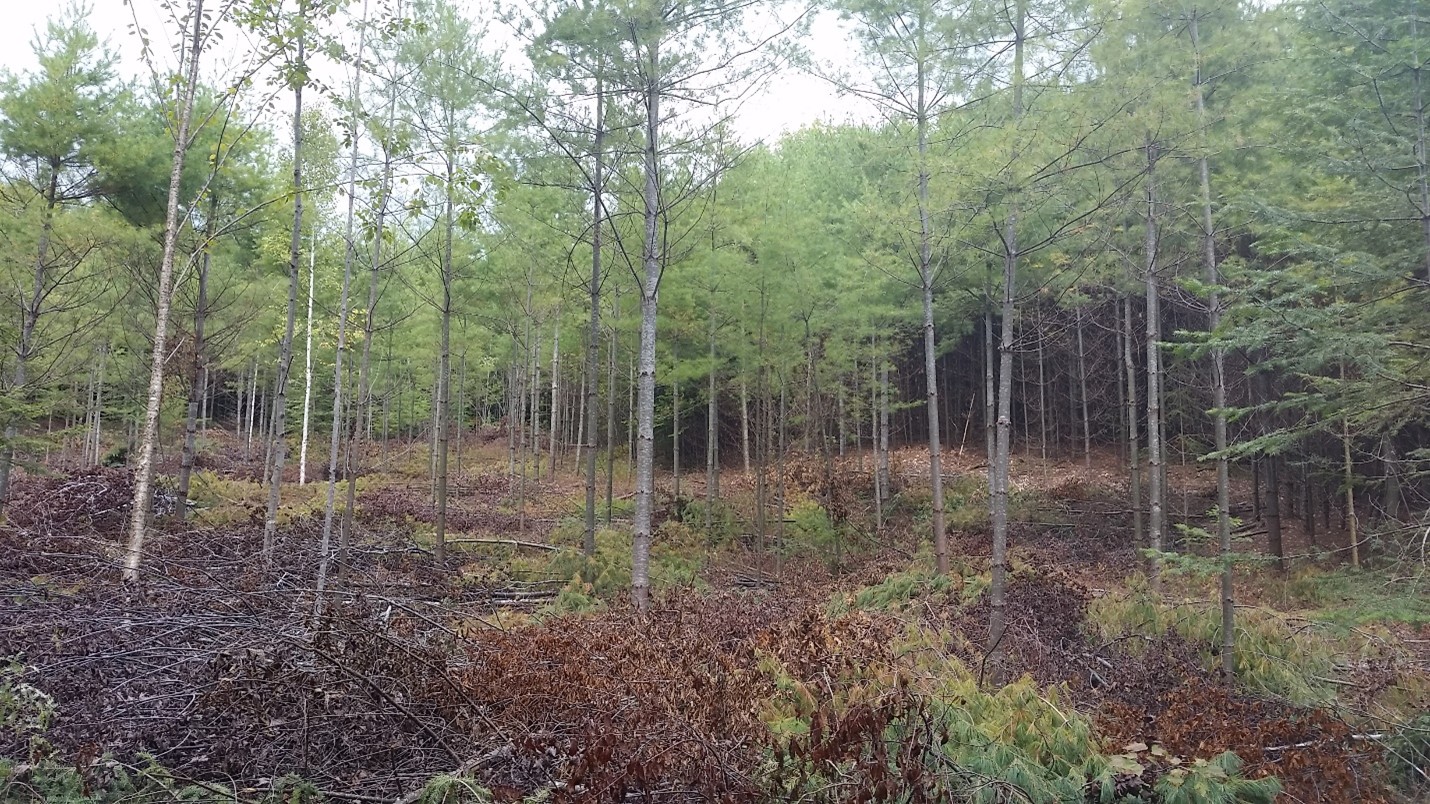
Personal Protective Equipment (PPE)
Crop tree management work, whether using power equipment or not, carries considerable risk and should not be done without proper training and sound understanding of the obvious and less visible dangers in the work environment. Chainsaw work should only be conducted after participating in an established and reputable chainsaw training program. There are hidden risks such as unseen decay in live trees, sudden release of trees and branches under pressure, overhead hazards such as standing dead trees and dead branches, repetitive motion injuries, and injuries caused by poor body positioning. When conducting crop tree management, it is important to always wear appropriate safety equipment to minimize risk. Personal protection equipment (PPE) for chainsaw and brush saw operation includes hard hat, eye and ear protection, leg protection (i.e., cut resistant chaps or pants), safety toe boots, and gloves.
Get Training!
There are chainsaw training classes available for landowners and other non-professionals through university extension, landowner associations, and training organizations. Find a class near you and get training before using a chainsaw or brush saw.
References
Perkey, A.W. et al., 1994. Crop Tree Management in Eastern Hardwoods
Learn More
Willard, M., D’Amato, T., Vance, A., Fast, A. and J. Frohn. 2021. Forestry 101 Curriculum. Vermont Technical College, Randolph Center, VT.
Benett, Karen P. editor. 2010. Good Forestry in the Granite State: Recommended Voluntary Forest Management Practices for New Hampshire (second edition). University of New Hampshire Cooperative Extension, Durham, N.H.
